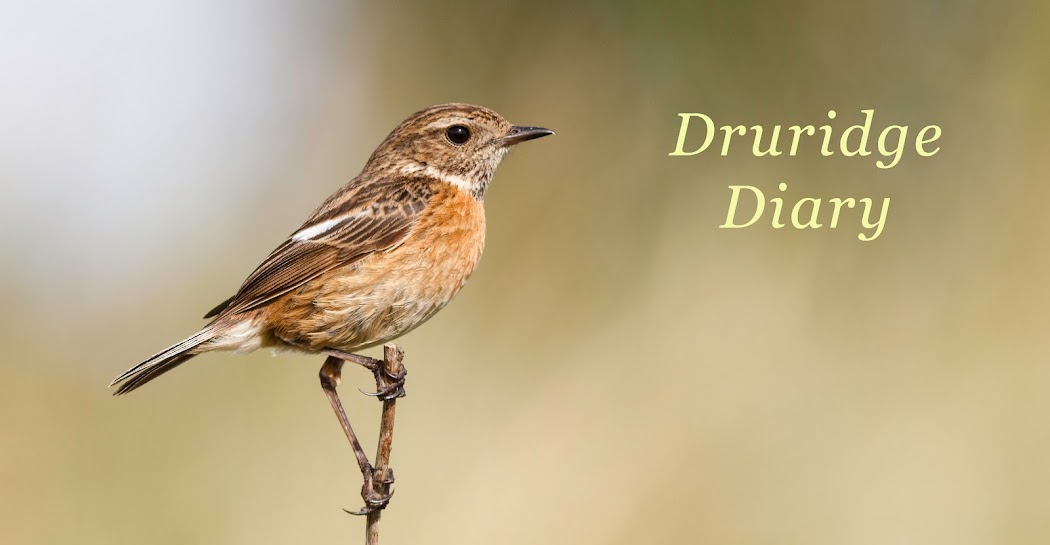It's taking a bit a of getting used to, the depth of field is tiny, even at higher F stops. You only have to move a tiny bit and the subject is out of focus... I do like it though and I'm impressed by the results so far... The only problem now is identifying some of these critters!
Here are today's efforts - click to enlarge.
 |
| Not from Druridge but in my garden - Common green bottle fly Lucilia sericata |
 |
| Marbled Bell moth Eucosma campoliliana - I think it should be called bird shit moth as that what it looks like at first glance - great camouflage |
 |
| Bloody cranesbill Geranium sanguineum |
 |
| Common blue butterfly Polyommatus icarus |
 |
| Seed head of one of the hawkbit/hawkweed type things - I though it looked nice! |
 |
| Blue-tailed damselfly Iscnura elegans |
 |
| Common blue damselfly Enallagma cyathigerum - male |
 |
| Narrow-bordered five spot burnet moths Zygaena lonicerae emerging from their chrysalis |
 |
| Narrow-bordered five spot burnet moth Zygaena lonicerae |
 |
| Common Restharrow Ononis repens |
 |
| Cinnabar moth caterpillars |
 |
| Marmalade Hoverfly Episyrphus balteatus |
 |
| Black and red froghopper Cercopis vulnerata - this species seems to be colonising the north-east of England |
 |
| Small Heath Coenonympha pamphilus |
 |
| Dark green fritillary Argynnis aglaja - there were at least two on the wing today at Druridge |

Nice images. The hoverfly is Episyrphus balteatus; known as the Marmalade Fly.
ReplyDeleteThanks you
ReplyDelete